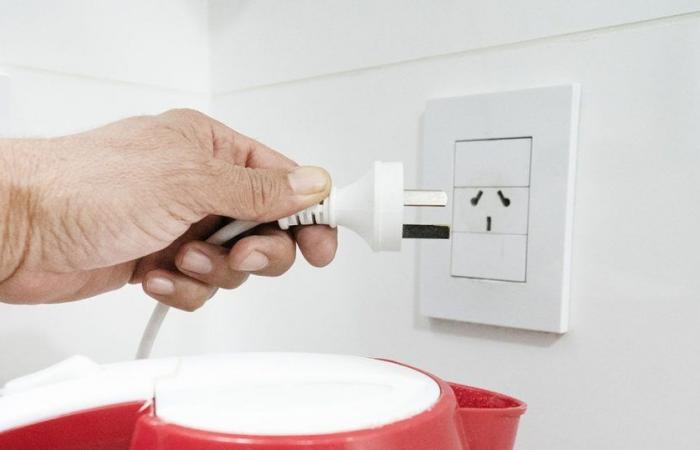The estimate of the impact on invoices of adjustments in the next 2 months, that the technical area of the regulatory entity has not yet measured.
“HWe must wait for the national government’s decision on future supply cost updates, because it is taken into account in the calculation“, they indicated from Epre, confirming that they will only be announced during July and August.
How much does electricity become more expensive in winter?
The decision occurs in a context in which the direction of national energy policy is decisive for the provision of electrical service in Mendoza. Particularly since the subsidy cut adopted at the beginning of June by the Ministry of Energy.
In summary, the Energy will continue to be subsidized by 20% during the winter. Thus, the unit cost of $71,411 per megawatt is reduced to $57,214.
As he warned Raul Stasigeneral manager of Edestesa (Empresa Distribuidora de Electricidad del Este SA) “it must be taken into account that there is a general subsidy. Users will have to take into account not exceeding consumption limits to maintain subsidies depending on the level, because in some cases invoices can be quadrupled“.
In specific examples, a N-1 segment consumer (high income) According to the inherited subsidy segmentation of the year 2023, you pay an invoice with 0 subsidy, the full rate. At current numbers, $57,214 for the cost of energy supplied, without counting the VAD or distribution cost.
What will happen to the rates for N-2 users, lower income?
Until now, they paid $2,900 for consumption of up to 1,000 kw/hour. From now on, that value climbs to $16,000 as long as do not exceed a limit of 350 kw per month.
If that happens, there will be a considerable jump: they will pay $57 thousand. That is to say, Your bills can be multiplied by 3.5.
Meanwhile, at the N-3 (average income, or up to $1.8 million per month per family group), who had a maximum of 400 kw/month, it is reduced to 250. Up to that threshold, they will pay $25,000 “although it is likely that they will overcome it and have to face the difference”clarifies Stasi, who can become more than double of that amount.
Rates from August
Meanwhile, electricity distributors are already planning to update for the rest of the second semester.
To do so, they hope to overcome the public hearing that the Epre set for July 5. There, cost studies will be discussed for the “readjustment” of rates due to inflation based on the RTI (Comprehensive Rate Review), which sets the new structure every 5 years, the last time in July 2023.
“All companies are governed by a polynomial cost structure formula that weights the dispersion of networks and the cost of provision per user and takes official indices. It is not easy to determine, but at least the accumulated inflation this year should be recognized. We must also consider that we have imported and dollarized inputsas happens with transformers, and the gradual devaluation has had its impact“, advancement Stasi about the quarterly update and what is determined in the next hearing, which is annual.
In that framework, something important to keep in mind. During The RASE will remain in force for the next 60 days (Registry of Access to Energy Subsidies) that categorizes user levels N-1, N-2 and N-3.
Since August, the beneficiaries They must re-register and request aid which cushions the value of the rates.






